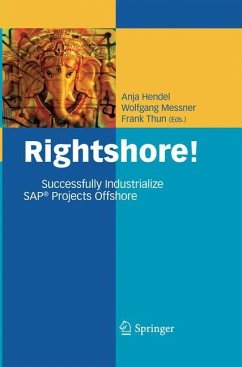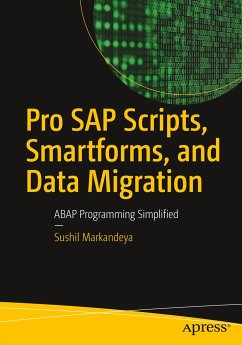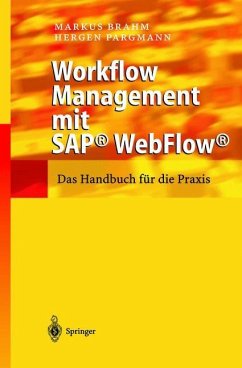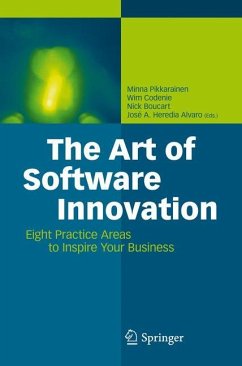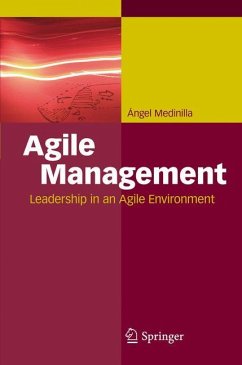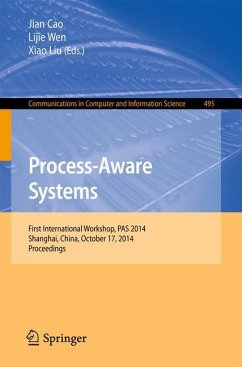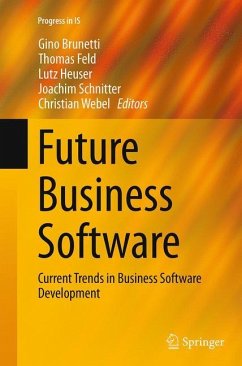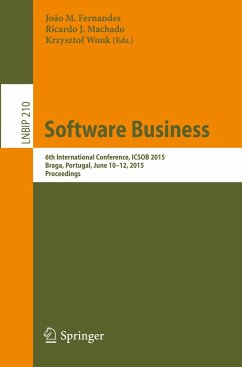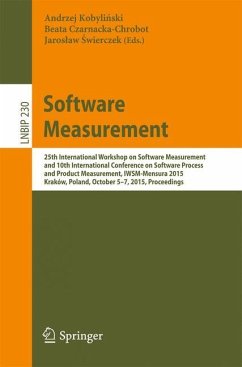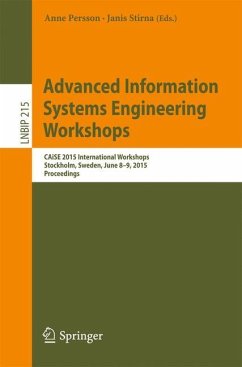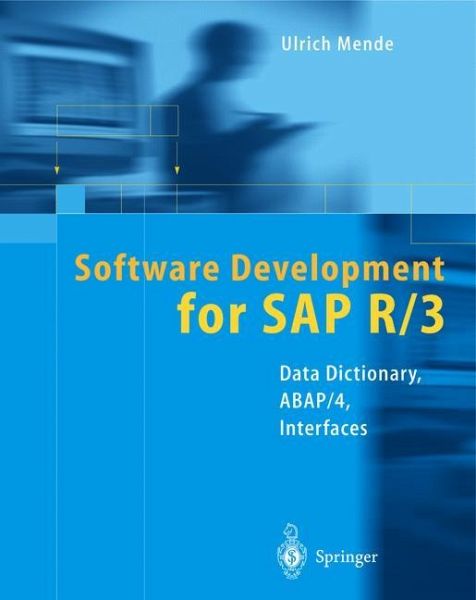
Software Development for SAP R/3®
Data Dictionary, ABAP/4®, Interfaces

PAYBACK Punkte
38 °P sammeln!
The use of commercial standard software is increasing in importance throughout the world. With its R/3 product, SAP AG has brought the package on the market that provides the most comprehensive functionality. When standard solutions are used, there is, a priori, a conflict of aims between what the standard offers and the company-specific requirements. SAP counters this in the R/3 System by building a modular software that can be customized to meet the cus tomer requirements. However, many users still see themselves forced to make in-house devel opments, to various degrees, to fit the R/3 Syste...
The use of commercial standard software is increasing in importance throughout the world. With its R/3 product, SAP AG has brought the package on the market that provides the most comprehensive functionality. When standard solutions are used, there is, a priori, a conflict of aims between what the standard offers and the company-specific requirements. SAP counters this in the R/3 System by building a modular software that can be customized to meet the cus tomer requirements. However, many users still see themselves forced to make in-house devel opments, to various degrees, to fit the R/3 System. Here they can use the ABAP Workbench that SAP supplies with every system. The present book targets those persons who need to perform these customer-oriented supple mentary developments. It leads the reader through the fundamentals of software development within the R/3 System using the ABAP Workbench. These principles differ from other devel opment environments, in particular, through their complexity and the close integration with the R/3 System. Because an installation for testing and training purposes on the PC at home is not an option, I considered a structured, understandable introduction to the material in the form of a If you initially read the book "offline" from an R/3 System, you will book to be more important.



